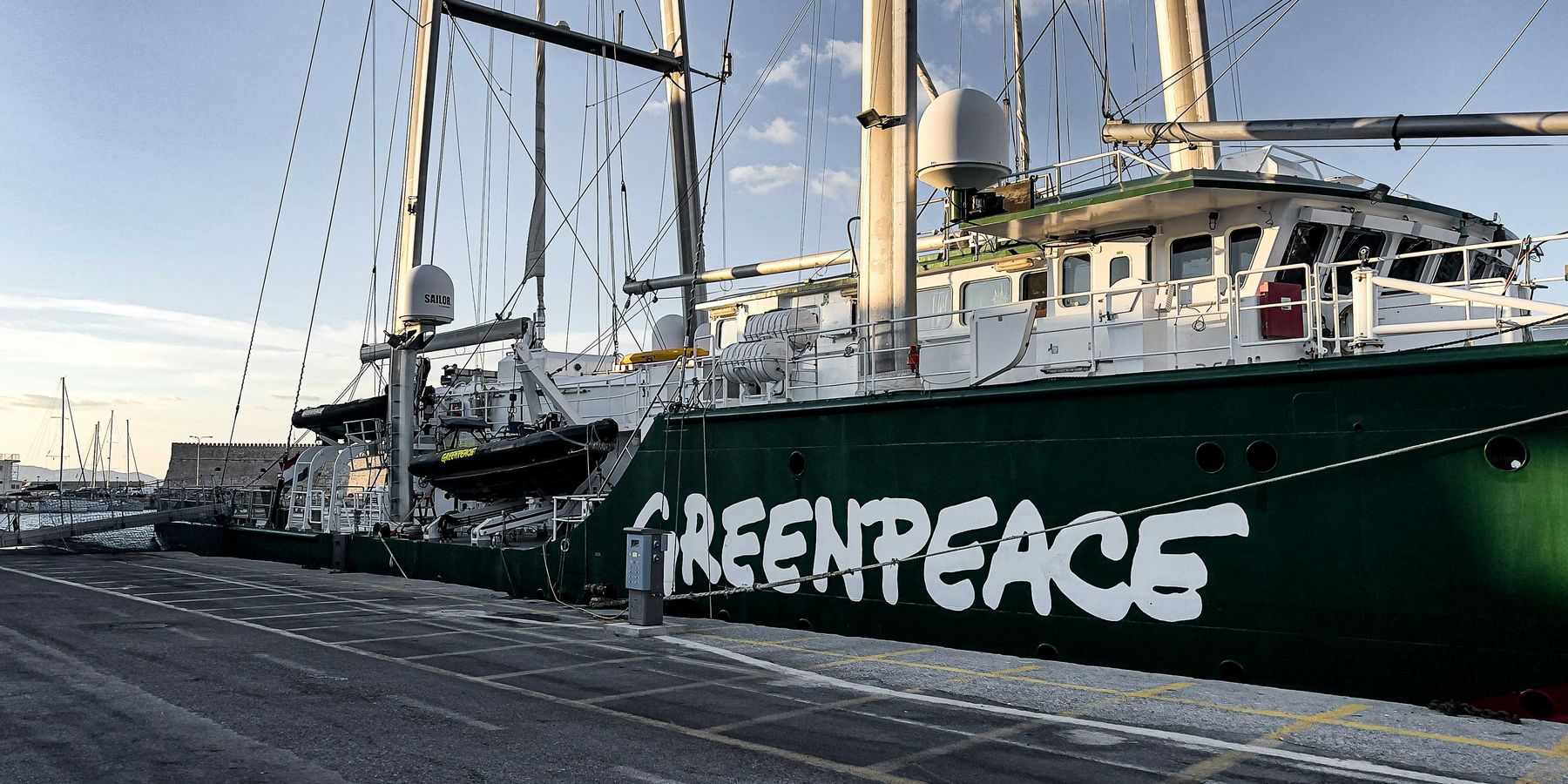21 May 2024
New evidence shows rapid melting of Antarctica's Thwaites Glacier
Scientists have found that the glacier is melting at an alarming rate due to warm seawater intrusions.
Doyle Rice reports for USA Today.
In short:
- The Thwaites Glacier, also known as the "Doomsday Glacier," is experiencing significant melting, fueled by warm seawater.
- Thwaites' melting could lead to a 2-foot sea-level rise, potentially triggering further ice loss and a total rise of up to 10 feet.
- The study indicates the glacier is more susceptible to warming oceans than previously thought, necessitating updated sea-level rise projections.
Key quote:
"Thwaites is the most unstable place in the Antarctic and contains the equivalent of 60 centimeters (two feet) of sea-level rise."
— Christine Dow, University of Waterloo
Why this matters:
The accelerated melting of Thwaites Glacier poses a dire threat to coastal communities worldwide, highlighting the urgent need for climate action to mitigate further warming and sea-level rise. Read more: Scientists probe ancient history of the East Antarctic Ice Sheet and find unsettling news about sea level rise.













